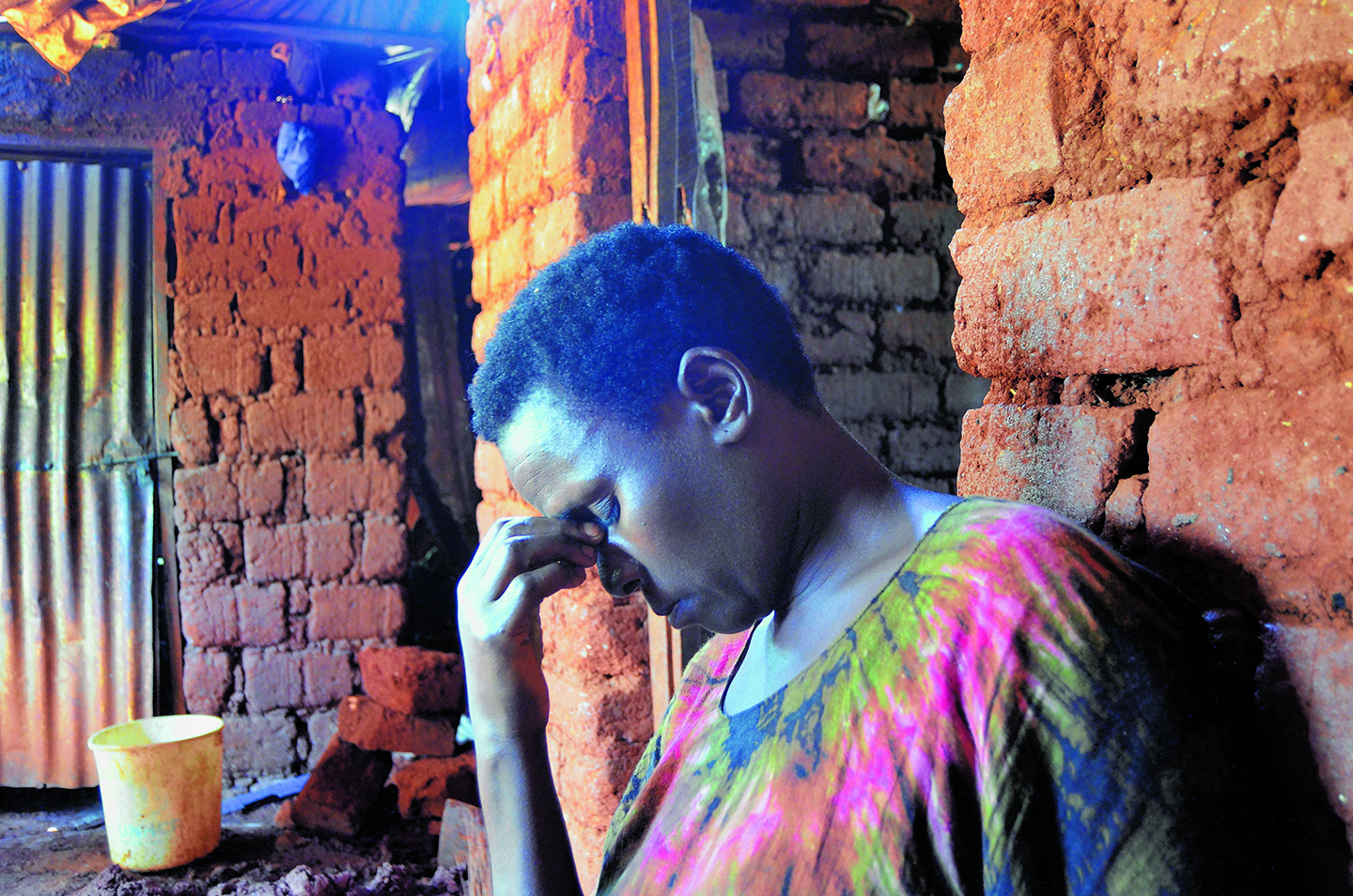TZ water filter wins science prize

Dr Hilonga hard at work perfecting his project. PHOTOI COURTESY
What you need to know:
Groundwater is often the alternative, but the supply is not always clean. Mining waste and toxic drainage systems easily leak into fresh groundwater, leaving the water contaminated.
Despite Tanzania’s proximity to three major lakes almost half of its population cannot access potable water.
Groundwater is often the alternative, but the supply is not always clean. Mining waste and toxic drainage systems easily leak into fresh groundwater, leaving the water contaminated.
This is where Askwar Hilonga, a 38-year old chemical engineer and entrepreneur came in with a solution. With 33 academic journal articles on nanotechnology to his name, Hilonga aims to solve Tanzania’s water contamination problems by using nanotechnology to customize water filters. A water filter which absorbs anything from copper and fluoride to bacteria, viruses and pesticides has won a prestigious African innovation prize.
Hilonga told the BBC his invention should help the 70 per cent of households in Tanzania that do not have clean drinking water.
The prize, worth USD 38,348, was the first of its kind from the UK’s Royal Academy of Engineering.
And the competition’s judges agree: Head Judge Malcolm Brinded said, “His innovation could change the lives of many Africans, and people all over the world.”
“I put water through sand to trap debris and bacteria,” Mr Hilonga told the BBC’s Newsday programme about the filter.
“But sand cannot remove contaminants like fluoride and other heavy metals so I put them through nano materials to remove chemical contaminants.”
He said that before one filter costs USD 130 but, after winning the £25,000, he will buy materials in bulk and the cost will reduce.
“For people who cannot afford water filters, we have established water stations where people come and buy water at a very very low, affordable price,” he added.
Mr Hilonga explains on his YouTube video from 2014 that other resins can remove up to 97 per cent of micro-organisms but his target was to produce nano-filter “that can 99.999 per cent of micro organisms, bacteria and viruses.”
His family regularly suffered from water-borne diseases growing up in rural Tanzania, so when he graduated with his PhD in nanotechnology in South Korea he started looking at nano materials that would be suitable for water purification, he told Technology4Change.
The Royal Academy of Engineering aims to help sub-Saharan African engineers to develop solutions to African challenges into businesses.
Mr Hilonga and the three runners-up, who received £10,000 each, have already spent six months developing a business plan. The winner of the award, Tanzanian chemical engineer Dr Askwar Hilonga, was among four competitors – the latter hailing from South Africa, Kenya and Zambia – chosen out of 50 entries to compete in the finals.
His USD 130 sand-based water filter is an upgraded version of the traditional sand-filter method used to clean water that uses nanotechnology to absorb contaminants such as heavy materials, bacteria and pesticides found in bodies of water.
The filter can serve communities who have little or no access to clean and reliable water sources by providing water that is suitable for consumption.
Hilonga received £25,000 which will go towards growing his business.
“This is a solution, now my community and the whole of Africa have the possibility to stop typhoid, to stop cholera, and stop waterborne diseases by using a low cost nano filter,” Hilonga said.
His water filter absorbs anything from copper and fluoride to bacteria, viruses and pesticides and earlier this month won the African innovation prize from the UK’s Royal Academy of Engineering.
“His innovation could change the lives of many Africans, and people all over the world,” said one of the judges, according to the BBC.
Purifying water using nanotechnology is hardly a new thing. In 2010, researchers at the Yi Cui Lab at Stanford University developed a synthetic “nanoscanvenger” made out of two silver layers that enable nanoparticles to disinfect water from contaminating bacteria.
What makes Hilonga’s water filter different from the Stanford-developed “nanoscavenger”, or the popular LifeStraw developed by the Swiss-based health innovation company Vestergaard 10 years ago?
“It is customized. The filter can be tailored for specific individual household and communal use,” says Hilonga.
While the Stanford innovation has been lauded as a notable leap in advancing the water disinfection, it is yet to reach the household market. In the meantime, Hilonga and his Nanofilter are making inroads in his home district of Karatu in Arusha.
“We have worked hard not to create a one-size-fits-all product. So while fluoride contaminated water may be a mainstream problem in Tanzania, other areas may face specific water contamination issues. For the filter to work well, you need to configure the nanoparticles to suit this,” says Hilonga.
The Nanofilter has been built to absorb contaminants that are found in a specific body of water – whether it is minerals like copper and fluoride – to biological contaminants like bacteria or pollutants such as pesticides.




